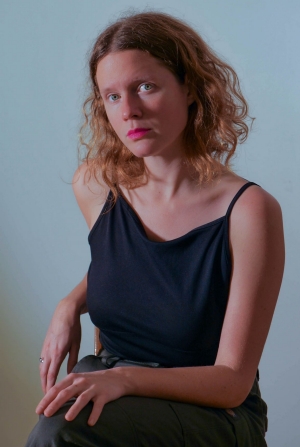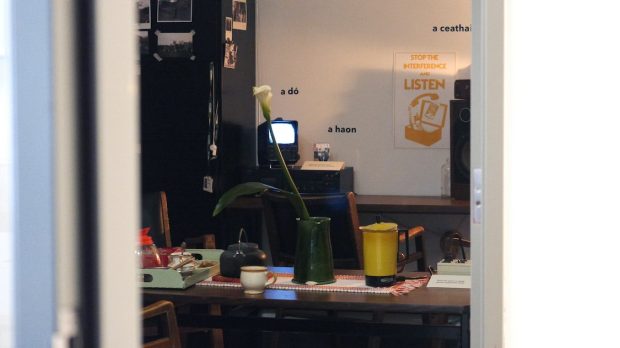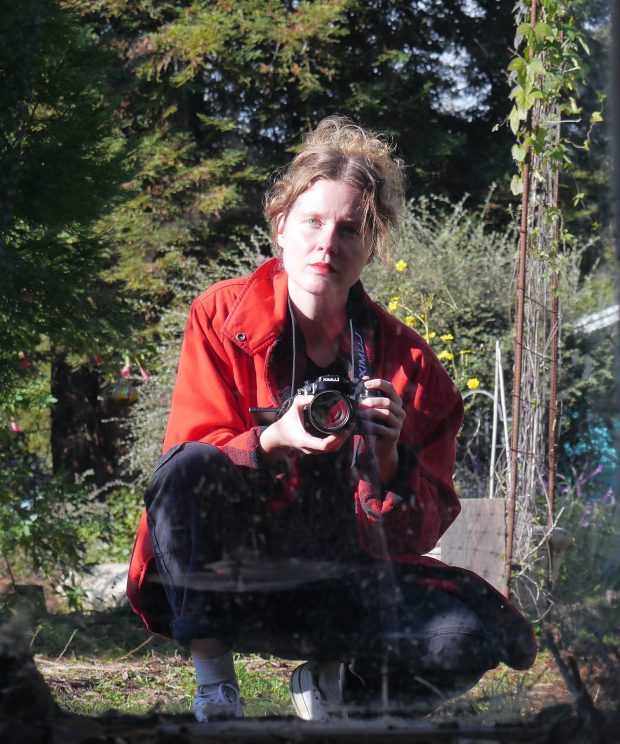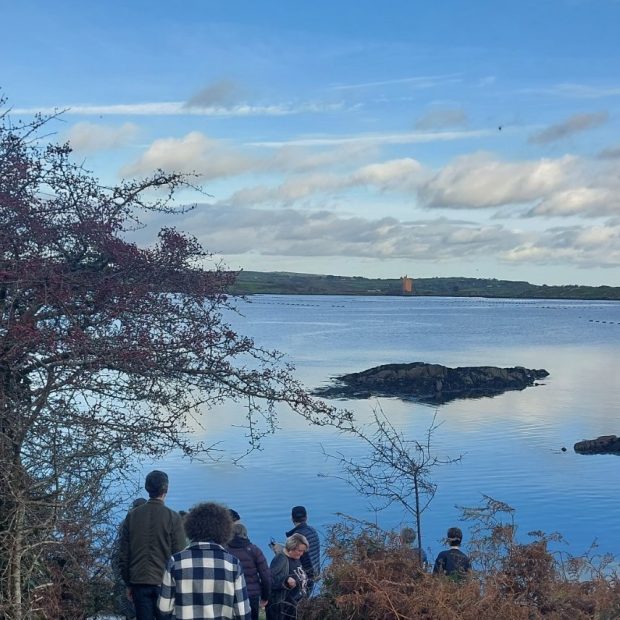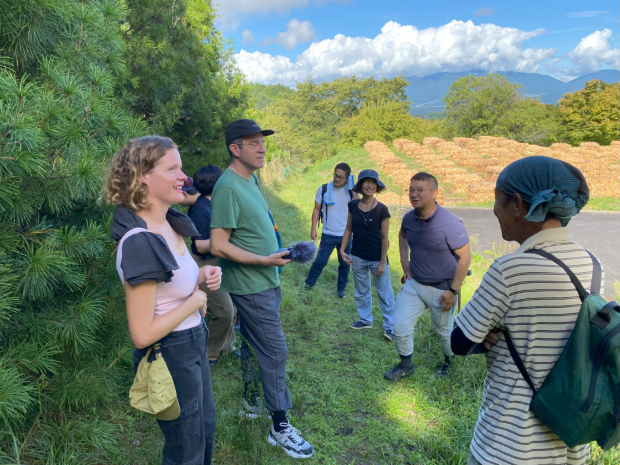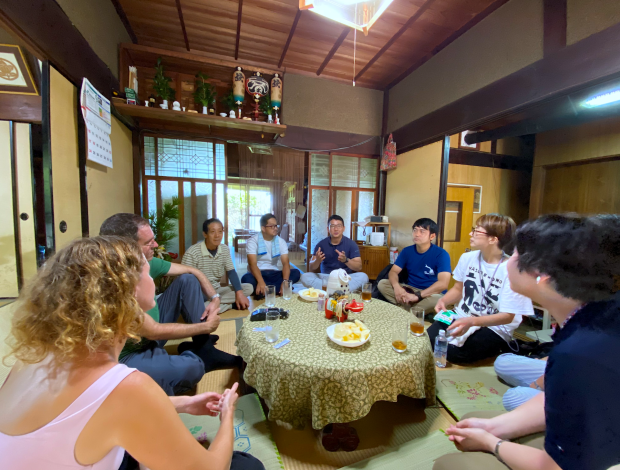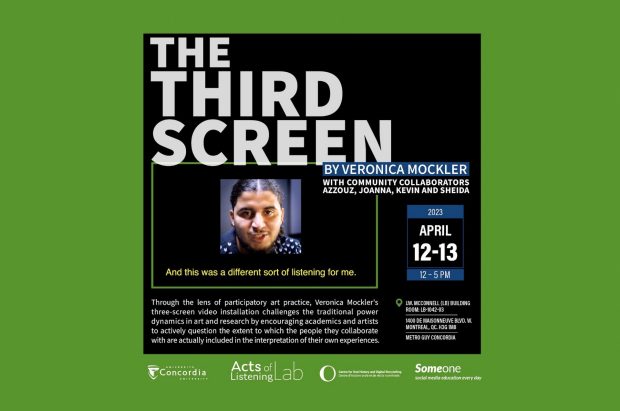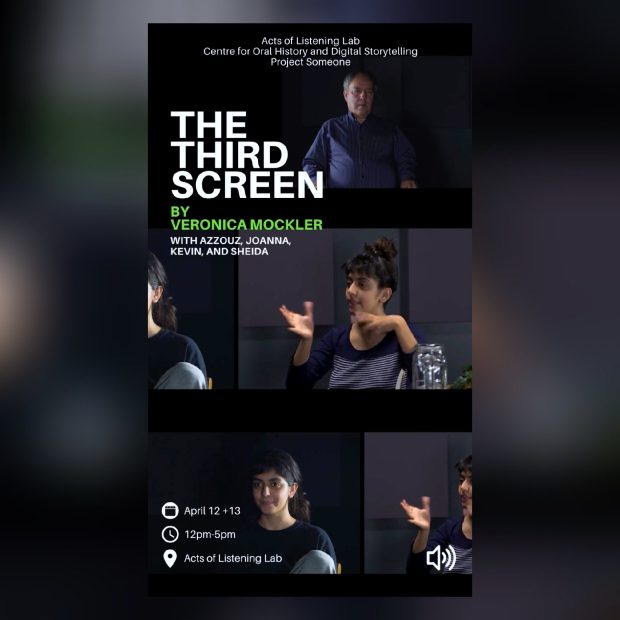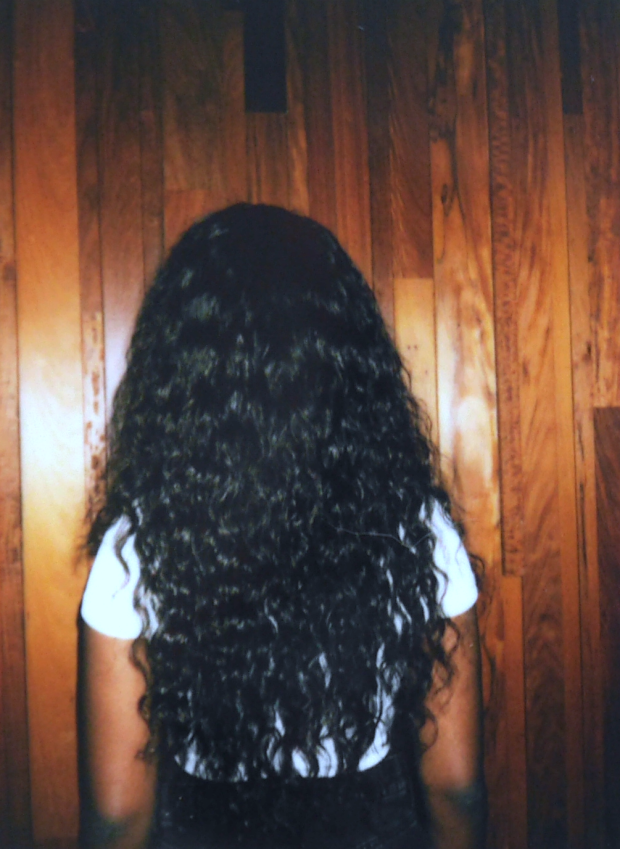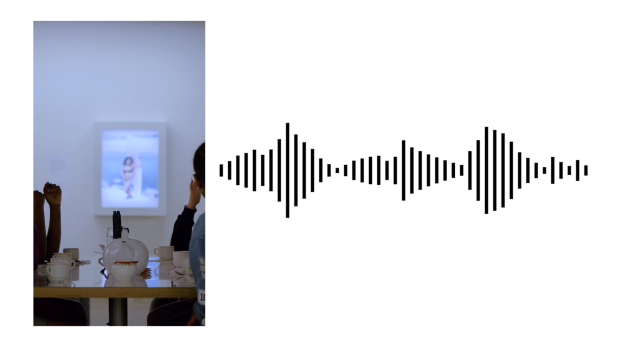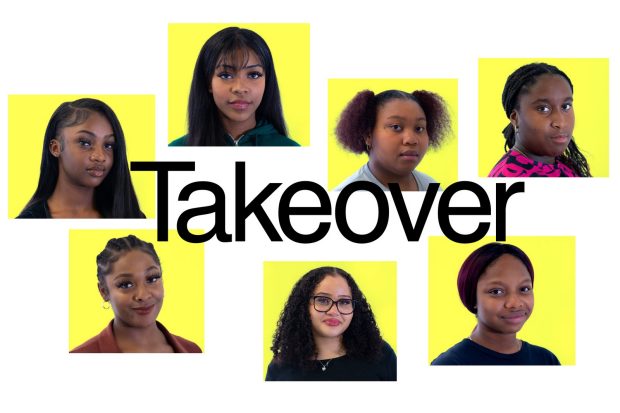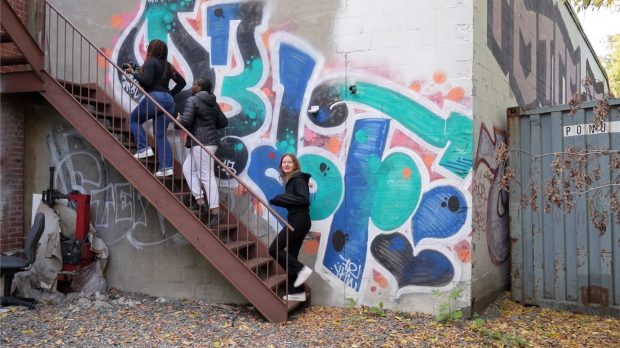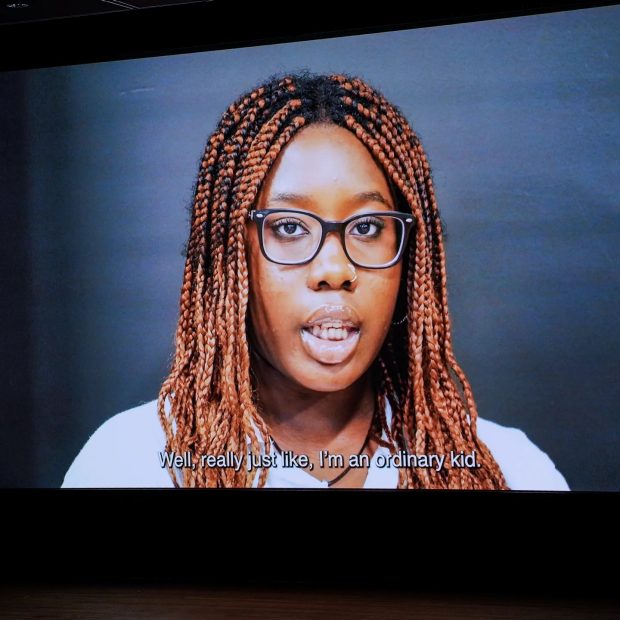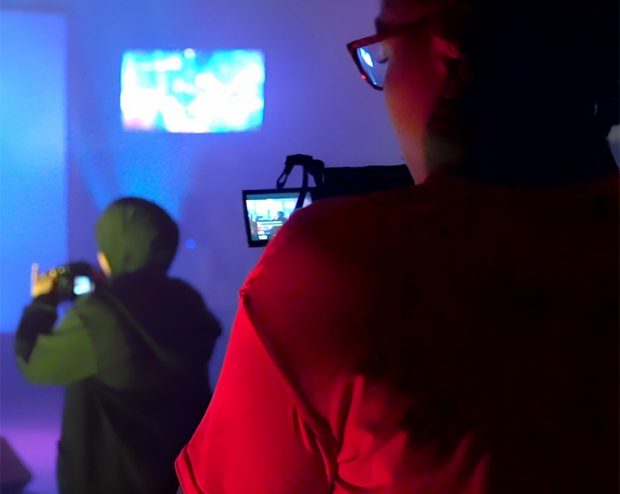Veronica Mockler is an artist and researcher of participatory dialogue. Investigating processes of shared authority, her work has unfolded within diverse settings in Canada and abroad, spanning curated art spaces, government offices, community organizations, and universities.
Politically collaborative, her dialogic interventions have taken on various shapes, including shared keynotes, listening scores, collective internships, unlikely interviews, documentary essays, citizen forums, digital takeovers, private consultations, video installations, public performances, site visits, workshops, and gatherings. Drawing from oral history discipline, documentary practice tropes, and the working-class roots of popular education, Mockler's work seeks to redefine who and how we can participate in the institutions of art, citizenship, and knowledge.
Mockler works on the un-ceded land of the Kanien'kehá:ka Nation, known as Tiohtià:ke/Montréal at Concordia University with Project Someone at the Centre for the Study of Learning and Performance, and as part of the UNESCO Chair in the Prevention of Radicalization and Violent Extremism. In this capacity, her dialogic and arts-based research focuses on the challenge of institutional inclusion and class solidarity, namely amid ecological crisis polarization.

